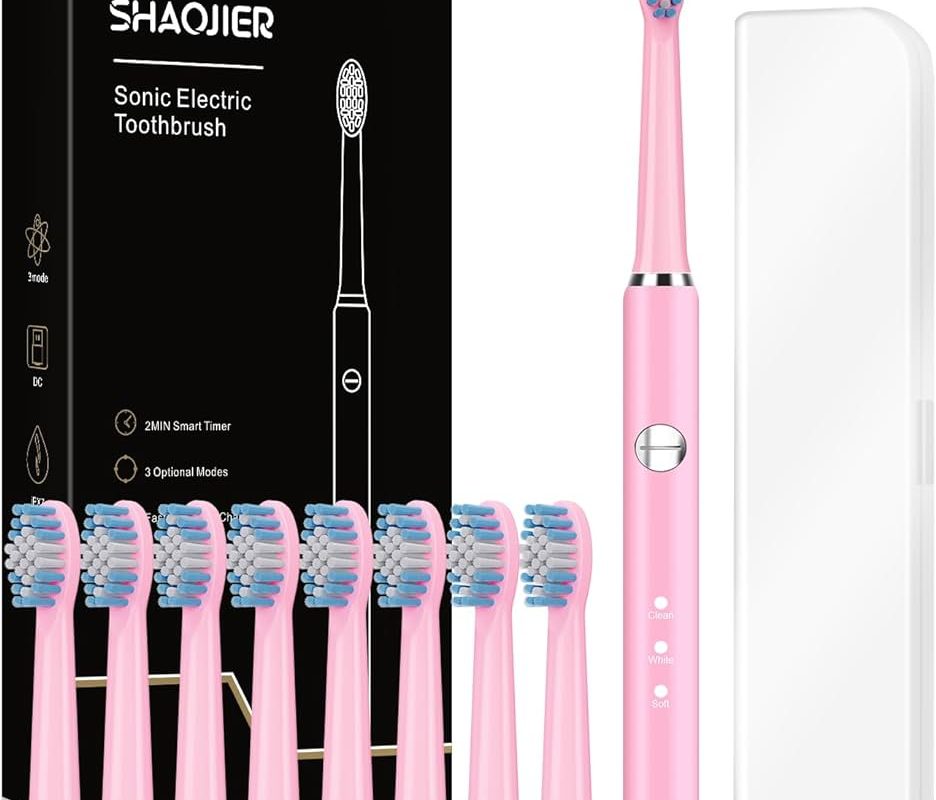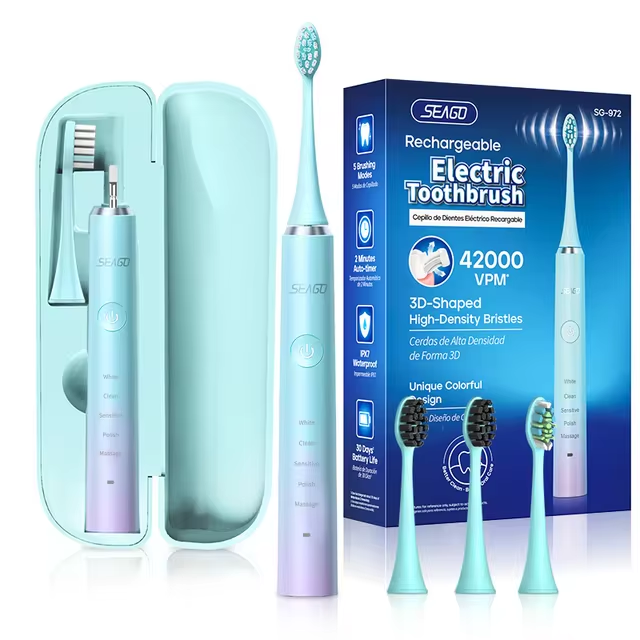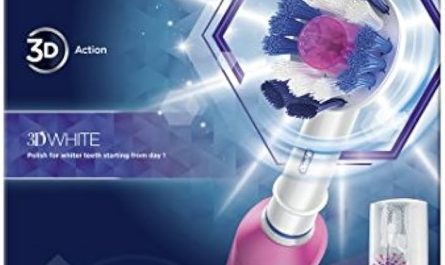Introduction:
Electric toothbrushes have revolutionized dental care, offering numerous benefits over manual brushing. Understanding the advantages, proper usage techniques, and maintenance practices can help you maximize their effectiveness. This guide explores the benefits of electric toothbrushes, provides step-by-step instructions for use, and offers tips for maintaining and choosing the right toothbrush.
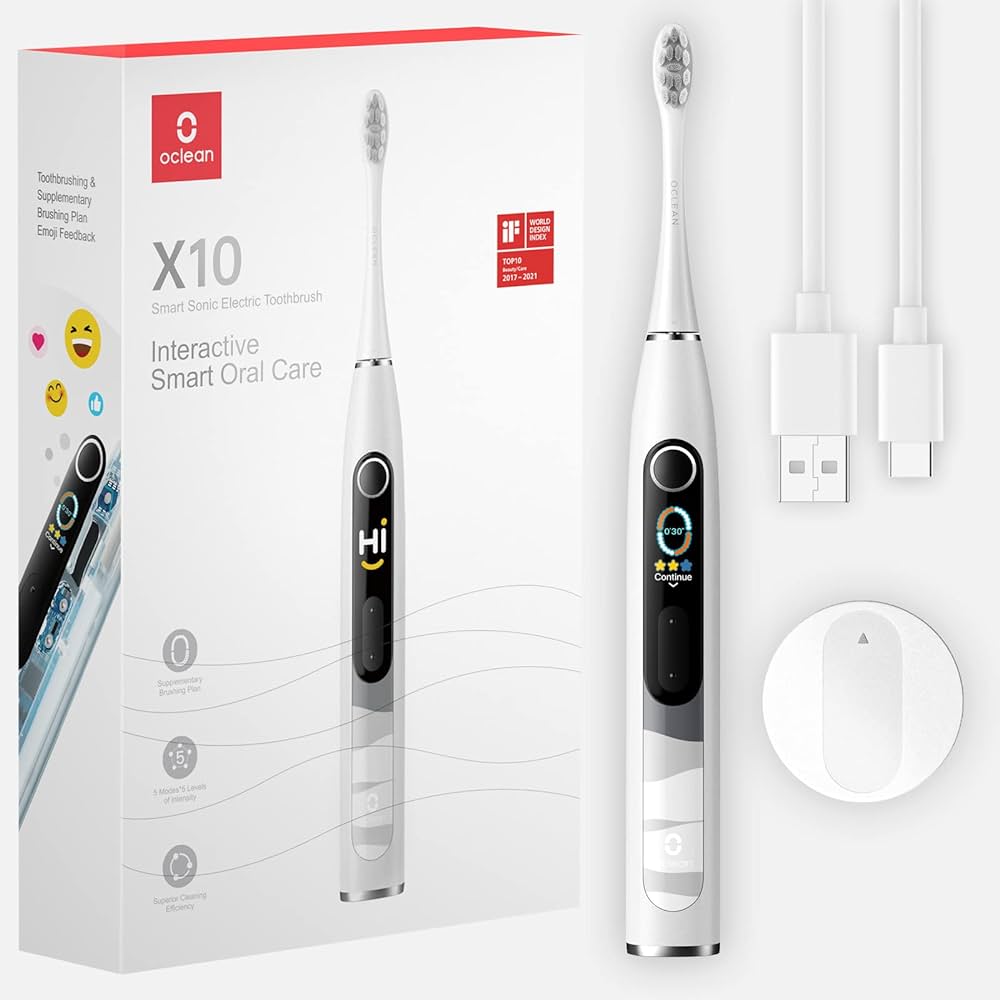
Using an Electric Toothbrush:
What Are the Benefits and Best Practices to Achieve Optimal Oral Hygiene?
Benefits of Electric Toothbrushes:
How Do They Enhance Oral Health Compared to Manual Brushes?
Electric toothbrushes offer several advantages that can significantly improve your oral hygiene routine.
Superior Plaque Removal:
Efficiency:
Powerful Cleaning: Electric toothbrushes oscillate, vibrate, or rotate to remove plaque more effectively than manual brushes. Their movements are designed to reach areas that are difficult to clean with a manual brush, reducing plaque buildup.
Consistent Performance: Electric toothbrushes provide consistent brushing performance, regardless of the user’s manual dexterity. This consistency ensures thorough cleaning every time.
Gum Health Improvement:
Gentle on Gums:
Reduced Risk of Brushing Too Hard: Many electric toothbrushes have pressure sensors that alert you if you’re brushing too hard, which can protect your gums from damage and recession.
Enhanced Stimulation: The vibrations and rotations of electric toothbrushes can stimulate the gums, improving blood circulation and promoting healthier gums.
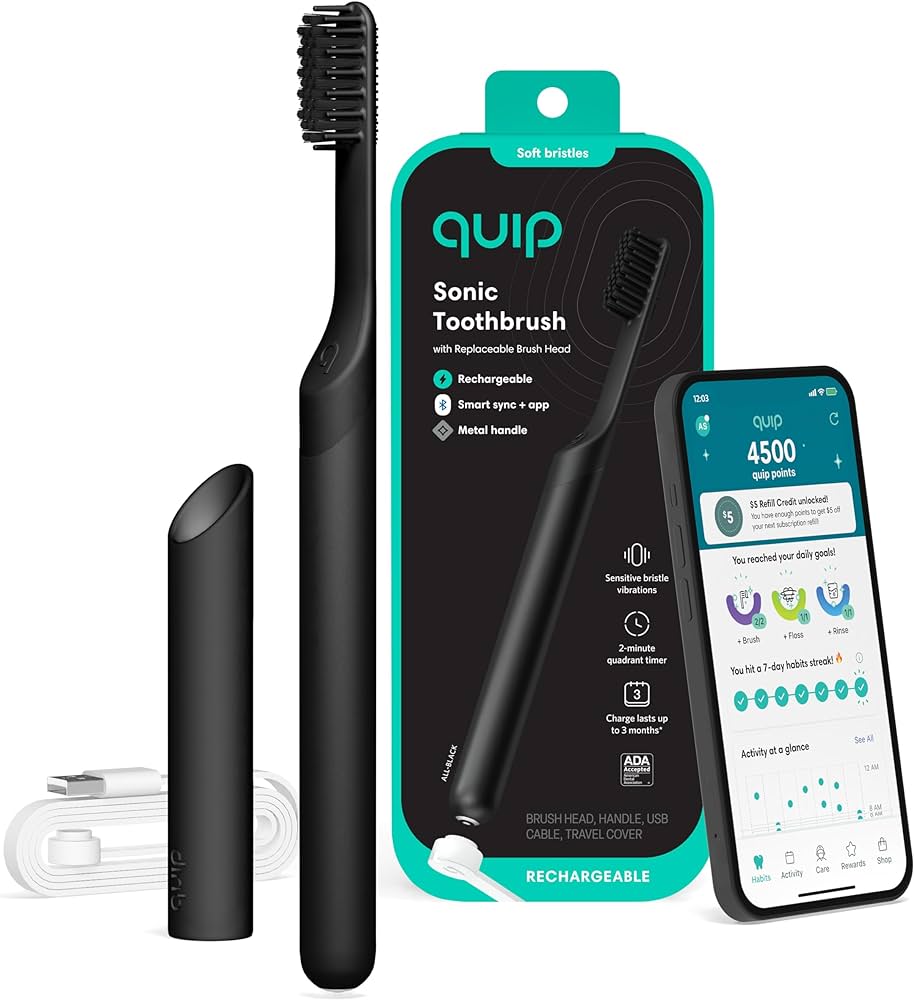 Ease of Use:
Ease of Use:
User Convenience:
Less Effort Required: Electric toothbrushes do most of the work for you, requiring less effort compared to manual brushing. This is especially beneficial for individuals with arthritis or limited dexterity.
Built-In Timers: Most electric toothbrushes come with built-in timers that ensure you brush for the dentist-recommended two minutes, helping you dedicate adequate time to each quadrant of your mouth.
Proper Usage Techniques:
How Should You Use an Electric Toothbrush for Best Results?
Using an electric toothbrush correctly is crucial for maximizing its benefits and ensuring effective cleaning.
Preparation:
Getting Ready to Brush:
Wet the Bristles: Begin by wetting the bristles of the toothbrush. This helps prevent toothpaste from falling off and makes the brushing experience more comfortable.
Apply Toothpaste: Apply a pea-sized amount of fluoride toothpaste to the bristles. Fluoride helps strengthen teeth and prevent cavities.
Brushing Steps:
Effective Brushing Process:
Hold at a 45-Degree Angle: Hold the toothbrush at a 45-degree angle to your gums. This position allows the bristles to clean both the teeth and the gumline effectively.
Start the Brush: Turn on the electric toothbrush and allow it to do the work. Gently guide the brush head to different sections of your mouth, ensuring you cover all surfaces of each tooth.
Quadrant Approach: Divide your mouth into four quadrants (upper right, upper left, lower right, lower left). Spend 30 seconds on each quadrant, ensuring thorough cleaning without rushing.
Small, Gentle Movements: Move the brush head slowly and gently. Avoid scrubbing back and forth; instead, let the brush’s movements clean the teeth and gums.
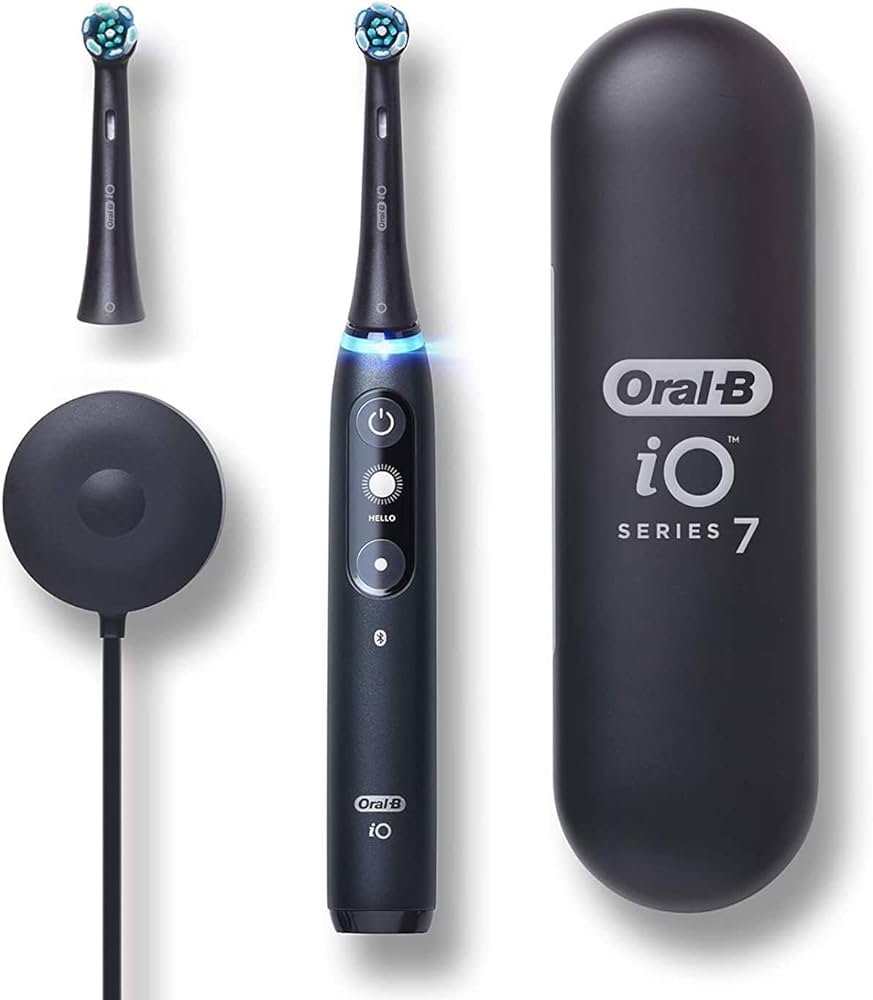 Focusing on Key Areas:
Focusing on Key Areas:
Comprehensive Cleaning:
Back Teeth: Pay extra attention to the back teeth, as they are often harder to reach and clean. Ensure the brush head covers the molars and the back surfaces of these teeth.
Chewing Surfaces: Don’t forget the chewing surfaces of your teeth. Place the brush head directly on these surfaces and allow the bristles to clean out any grooves and crevices.
Tongue and Cheeks: After brushing your teeth, use the brush head to gently clean your tongue and the inside of your cheeks. This helps remove bacteria and freshen breath.
Post-Brushing Care:
Finishing Up:
Rinse Thoroughly: After brushing, rinse your mouth thoroughly with water. This removes any remaining toothpaste and debris.
Clean the Brush Head: Rinse the brush head under running water to remove toothpaste and saliva. Tap off excess water and allow the brush to air dry.
Regular Maintenance:
How Can You Maintain Your Electric Toothbrush for Longevity and Effectiveness?
Proper maintenance ensures your electric toothbrush remains effective and lasts longer.
Charging:
Battery Care:
Regular Charging: Charge your electric toothbrush regularly, following the manufacturer’s instructions. Avoid overcharging to prolong battery life.
Full Discharge Occasional Cycles: For optimal battery performance, fully discharge the battery occasionally before recharging. This can help maintain battery health and longevity.
Brush Head Replacement:
Ensuring Cleanliness:
Frequent Replacement: Replace the brush head every three months or sooner if the bristles become frayed or worn. A fresh brush head ensures effective cleaning and reduces bacterial buildup.
Indicator Bristles: Many brush heads have indicator bristles that fade over time, signaling when it’s time to replace the head. Pay attention to these indicators to maintain optimal performance.
Cleaning and Storage:
Hygienic Practices:
Clean After Each Use: After each use, thoroughly rinse the brush head and handle to remove toothpaste and debris. This prevents buildup and maintains hygiene.
Proper Storage: Store the toothbrush in an upright position to allow it to air dry. Avoid covering the brush head, as this can trap moisture and promote bacterial growth.
Selecting the Right Electric Toothbrush:
What Features Should You Look for?
Choosing the right electric toothbrush involves considering various features that enhance functionality and comfort.
Brush Head Types:
Choosing the Right Bristles:
Soft Bristles: Opt for toothbrushes with soft bristles to avoid damaging your gums and enamel. While medium or hard bristles can clean effectively, they carry a higher risk of causing wear and irritation.
Specialized Heads: Consider toothbrushes that offer specialized brush heads, such as those designed for sensitive teeth, gum care, or orthodontic appliances. These heads tailor the brushing experience to your specific needs.
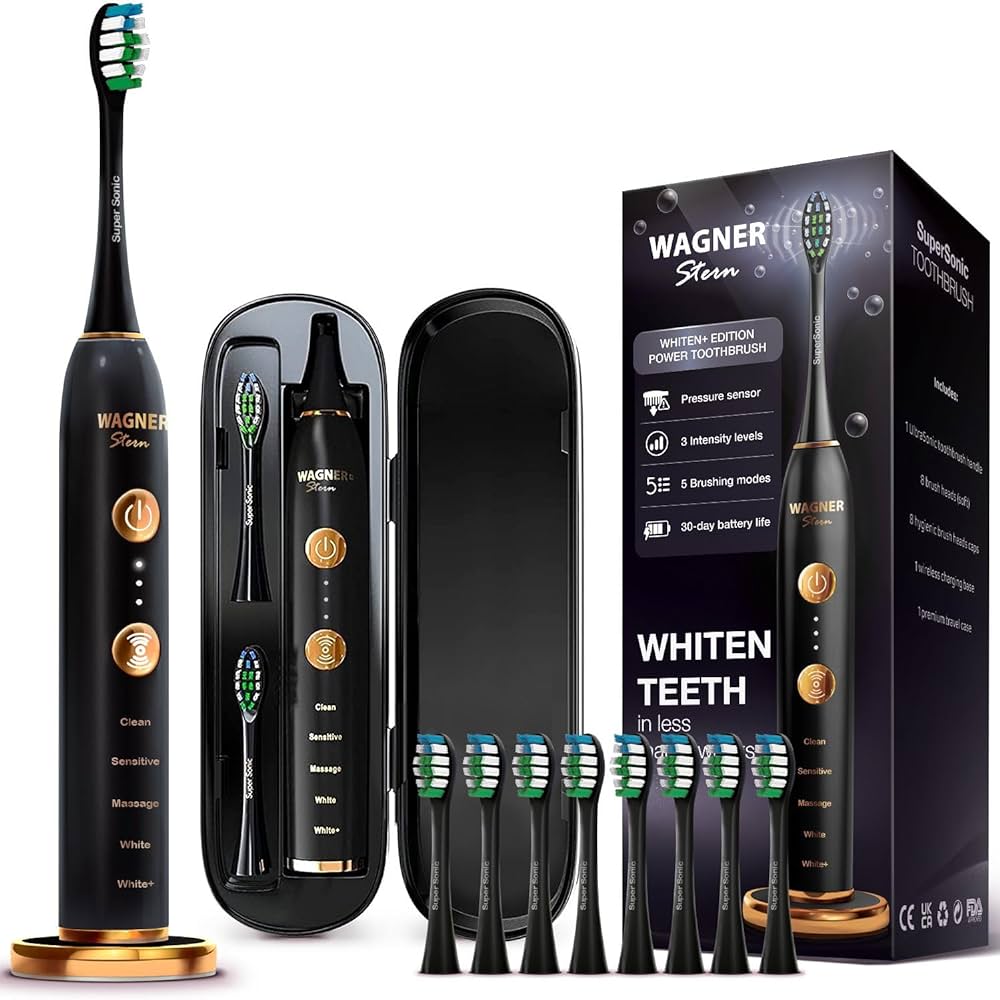 Technology and Features:
Technology and Features:
Advanced Cleaning:
Sonic or Oscillating: Electric toothbrushes typically use either sonic or oscillating technology. Sonic toothbrushes vibrate at high speeds for effective plaque removal, while oscillating brushes rotate back and forth. Select based on your preference for cleaning action.
Pressure Sensors: Look for models with pressure sensors that alert you if you’re brushing too hard, protecting your gums and enamel.
Timers: Built-in timers that ensure a two-minute brushing time are standard in many models and help you brush for the appropriate length of time.
Smart Features: Some advanced electric toothbrushes come with smartphone connectivity, providing feedback on your brushing habits and offering personalized coaching for better oral care.
Brand Comparisons:
Popular Choices:
Oral-B: Oral-B electric toothbrushes are well-regarded for their oscillating-rotating technology and a wide range of brush heads. Features like multiple cleaning modes and Bluetooth connectivity cater to different oral care needs.
Philips Sonicare: Philips Sonicare toothbrushes use advanced sonic technology, offering deep and thorough cleaning. They are known for their smart features, gentle action, and long battery life.
Maintenance Guidelines:
Checklist for Care:
Routine Disinfection: Disinfect the brush head periodically by soaking it in an antibacterial mouthwash. Avoid using harsh chemicals that can damage the bristles.
Travel Considerations: When traveling, use a travel case to protect your toothbrush and prevent accidental activation. Charge the device fully before departure to avoid running out of battery.
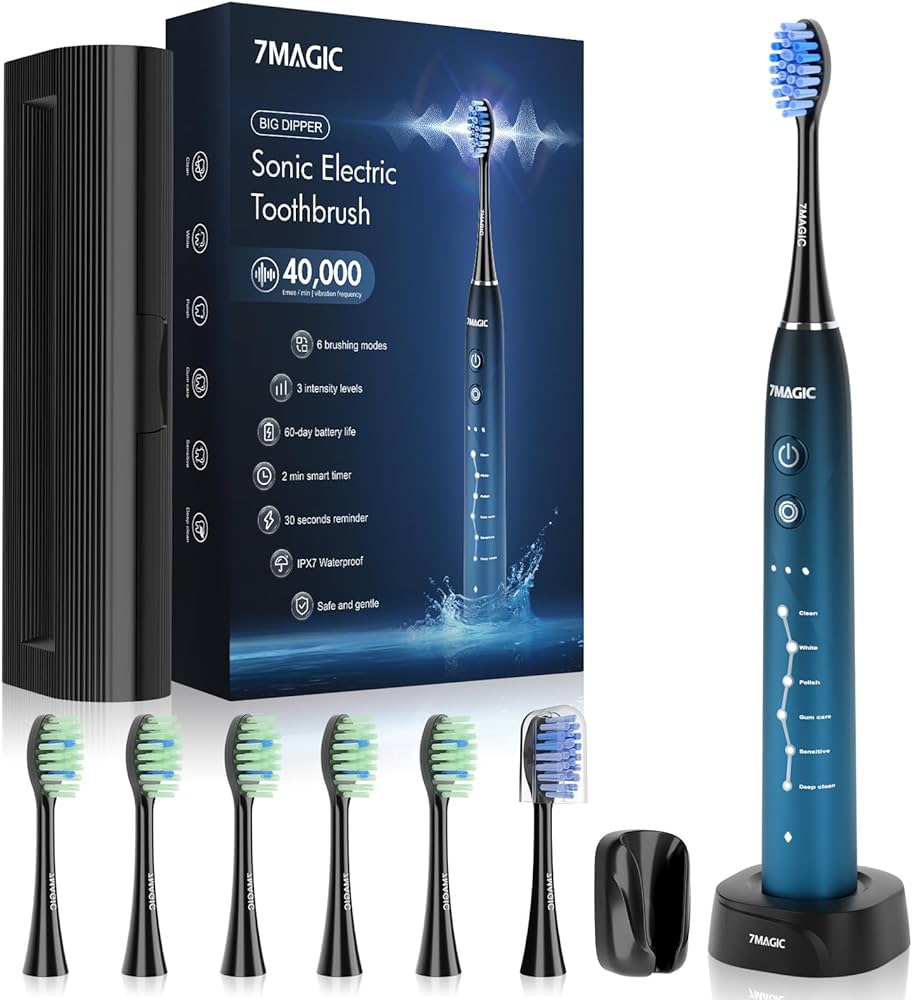 Dental Professional Recommendations:
Dental Professional Recommendations:
How Do Dentists Advise Using Electric Toothbrushes?
Dentists often provide specific recommendations to ensure you get the most out of your electric toothbrush.
Technique Optimization:
Proper Guidance:
Individual Advice: Consult your dentist for personalized advice on brushing technique and the best type of electric toothbrush for your oral health needs. They can provide demonstrations on correct usage.
Regular Checkups: Maintain regular dental checkups to monitor your oral health and ensure your brushing routine is effective. Dentists can identify areas requiring more attention during brushing.
Complementary Practices:
Enhanced Oral Care:
Flossing: Don’t neglect flossing. An electric toothbrush is effective, but flossing is essential for removing plaque and food particles between teeth where brushes cannot reach.
Mouthwash: Incorporate an antibacterial mouthwash into your routine to reduce bacteria and freshen breath. Mouthwash supplements brushing and flossing for comprehensive oral hygiene.
Conclusion
Electric toothbrushes offer superior plaque removal, gum health improvement, and ease of use compared to manual brushes. Following proper usage techniques, such as holding the brush at a 45-degree angle and spending adequate time on each quadrant, ensures effective cleaning. Regular maintenance, including charging, brush head replacement, and proper storage, extends the toothbrush’s lifespan and efficiency. Selecting the right toothbrush involves considering features like brush head types, technology, and smart functionalities. Adhering to dental professional recommendations and incorporating complementary practices like flossing and mouthwash enhances overall oral care. By understanding these aspects, you can maximize the benefits of your electric toothbrush and maintain optimal oral health.

